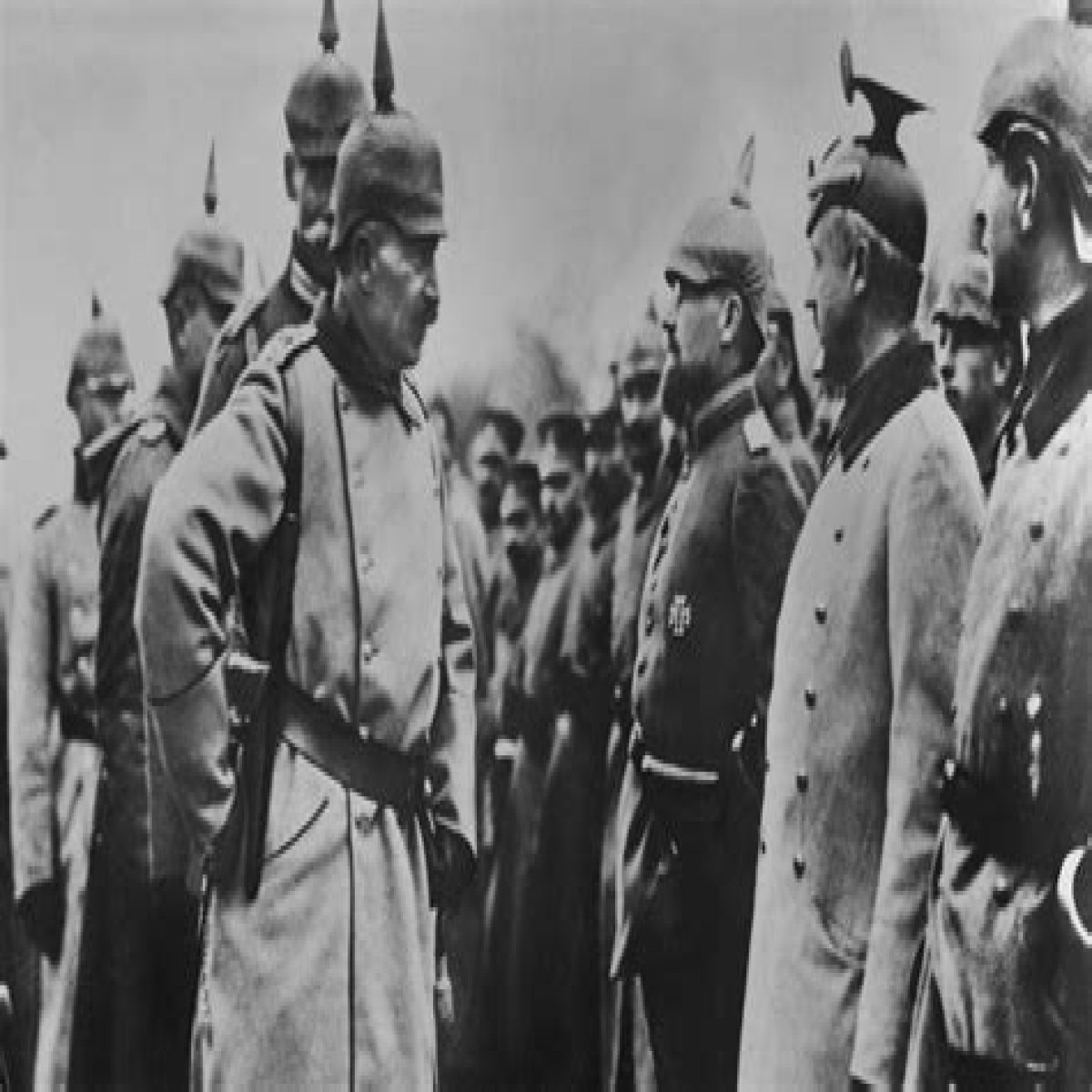The sonnenrad was inspired by Norse myth, but doesn't come from it directly. To refresh the reader, Norse myth — stories of Odin, Thor, Loki, Valhalla, Yggdrasil the world tree, etc. — originated in modern-day Scandinavian countries: Norway, Sweden, and Denmark. From about 800 – 1050 CE (via the Museum of Denmark), Vikings from Scandinavia traveled, raided, and traded out to Russia and the Baltics, west to Iceland, Greenland, and North America, and down to England, France, and yes, Germany. While they weren't always the kindest of folks, they and their culture left permanent, lasting impressions.
Back then, Germany — dubbed "Germania" by the ancient Romans (via Germania Mint) — was a loose confederation of tribal kingdoms, much like the rest of Europe. Around 772 CE, as the Metropolitan Museum of Art overviews, legendary Frankish king Charlemagne campaigned in the region to consolidate power, particularly in the name of the Catholic Church. He became the first Holy Roman Emperor in 800 CE. Come 962 CE, the Holy Roman crown passed to Otto I, king of Saxony, an area of northern Germany. Hundreds of years prior in the 5th and 6th centuries, Saxons had already emigrated to England and given rise to people of Anglo-Saxon heritage, via the British Library.
During this entire era of Viking contact, Norse influence seeped into Germany in a way stronger than other regions. Even the earliest mythological writings we have from Germany are written in Old Norse (via Britannica).
